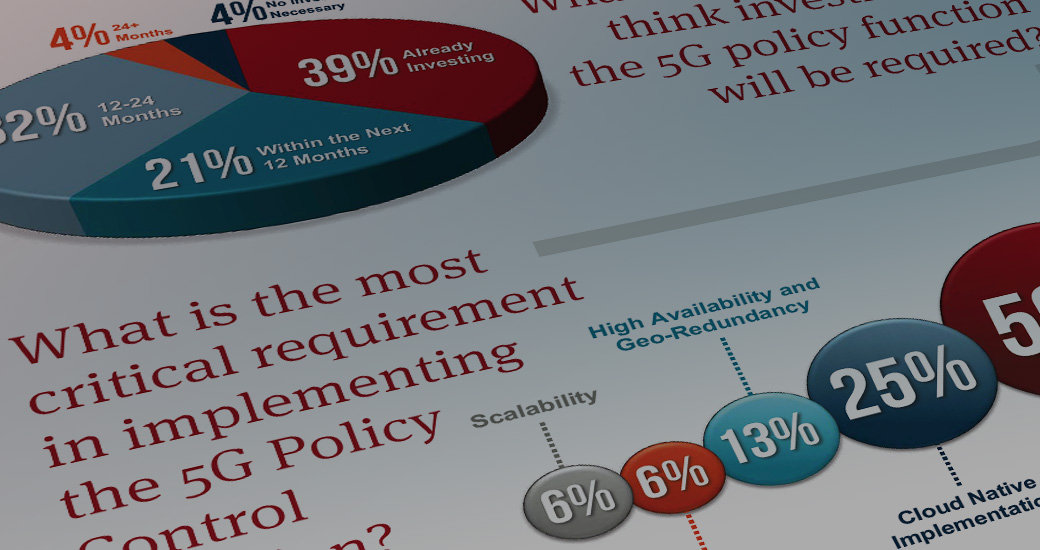Forrester recently published a new Wave™ report on Translytical Data Platforms. In it, they define a Translytical Data Platform as:
“A unified and integrated data platform that supports multi-workloads such as transactional, operational and analytical simultaneously in real-time, leveraging in-memory capabilities including support for SSD, Flash and DRAM and ensures full transactional integrity and data consistency.”
Translytics is Forrester’s version of what Gartner calls Hybrid Transactional/Analytical Processing (HTAP).
Why Translytics is the Future of Data
The recent swath of analyses from the analyst community is validation that Translytical Databases solve a real world problem with tangible ROI for customers. Since the advent of big data, enterprise architects have been building separate independent data silos for transactional, operational, and analytical workloads. This self-inflicted architectural separation is a huge barrier to delivering Analytics in real-time. This “old-school” way of data collection is not in line with today’s modern, real-time business operations expectations. A recent study showed that end users expect instantaneous data analysis and transactions. I believe businesses who crack the Translytics code will have significant, sustained competitive advantage over their competitors. Forrester’s first ever Transyltical Wave™ Report is a great start and will help early adopters by narrowing the search criteria to 12 vendors. Read on to learn why, in my opinion, Forrester didn’t go far enough in either their narrowing of the field of competitors, or in the selection criteria they outlined in the report.
Before I go into these specifics, a note on building the Wave. This Wave report was interesting for me personally as it was my first time working with Noel Yuhanna and Mike Gaultieri. They were consistently helpful and generous throughout the report process. I’m thankful to them for their offer and inclusion of Volt Active Data in their report.
Dissecting the Wave Results
To Include or Not to Include—Which Vendors Provide Translytics?
The report includes a combination of Translytical Data Platform vendors along with some that aren’t purely Translytical. Translytics, by definition, should be limited to vendors that do both transactions and analytical processing in the same step. This excludes Datastax, Redis and Aerospike. They are NoSQL databases that do not have the transactional consistency to replace a transactional database. If you need to retain an existing transactional database, you aren’t eliminating silos as promised by Translytics. You could argue that the market is emerging, and one can relax the definition to allow for NoSQL technologies like the ones stated above. However, in that case, why not include vendors like Couchbase as well? In either scenario, the list of vendors is either too expansive, or not exclusive enough.
Details Create the Big Picture—And Details Were Left Out
As with any Wave, in the research phase, all vendors were asked to fill out a detailed criteria matrix that analyzes them across 3 broad themes:
- Current Offering,
- Strategy and
- Market Presence.
While Strategy and Market Presence are important criteria present in all Wave reports, they are frankly less relevant for an emerging technology. This is reflected somewhat by the negligible weighting of Market Presence. Most readers care about the detailed criteria under the Current Offering category. While the Current Offering category scores for different vendors are informative, readers are often interested in the detailed criteria behind that to see what went into evaluating the offerings.
The Current Offering criteria in this report were quite vague. Development and Deployment, each totaled to half of the score given to the whole section. You can see how high a vendor scores on Current Offering, but you cannot discern the reason for these scores. This was a lost opportunity for Forrester to educate the market on what’s relevant and make the report more meaningful, especially because we vendors were asked to fill in detailed criteria in the Development and Deployment section. The Development criteria included:
- Architecture,
- Data Management,
- Data Types,
- Dev Tools,
- Data Modeling,
- Transactions,
- Analytical Queries,
- Advanced Analytics,
- Streaming and
- Data Security
Similarly, Deployment criteria included:
- Performance Features,
- Performance Reference,
- Scalability Features,
- Scalability Reference,
- HA and DR,
- Administration and
- Cloud Support.
The loss of these components means a loss of many meaningful comparisons, leaving readers to compare abstract values.
How to Evaluate a Translytical Database? Stay Tuned
While Forrester didn’t go far enough in either narrowing the field of competitors, or in determining criteria on which to base selection analysis, by merely publishing this Wave, they confirmed the place of Translytical Databases in the future of database technology. Translytics is a new trend representing a fundamental change from the data silo approach to address business needs like real-time analytics and decision making. I encourage you to read the report on Forrester’s website, but try to interpret the results based on your own requirements. Don’t rely solely on the Wave (or any other analyst report) to decide which product is best for your translytical needs.
Be on the lookout for an upcoming blog post where we share a list of criteria on which to evaluate your choice of a translytics database.





